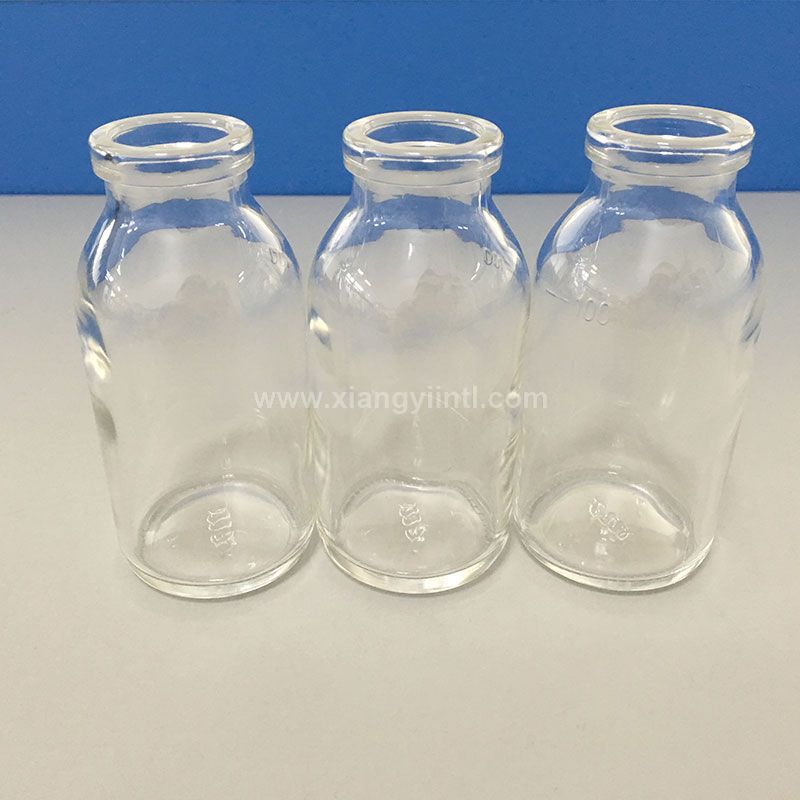Mar. 26, 2024
In the pharmaceutical industry, maintaining the sterility of glass bottles is paramount to ensuring the safety and efficacy of the medications they contain. Contaminated bottles can compromise the quality of pharmaceutical products, leading to health risks for consumers and regulatory issues for manufacturers. To address this critical concern, we delve into the best practices for ensuring the sterility of glass bottles in pharmaceutical settings.

Before delving into the methodologies for ensuring sterility, it's crucial to understand why it's so vital in the pharmaceutical industry. Sterility ensures that pharmaceutical products remain free from harmful microorganisms that could lead to contamination. This is particularly crucial for injectable medications, where any microbial presence could pose severe health risks to patients. Thus, maintaining the sterility of glass bottles is a non-negotiable aspect of pharmaceutical manufacturing.
The first step in ensuring the sterility of glass bottles is thorough cleaning and decontamination. This process involves several meticulous steps to remove any potential contaminants from the surface of the bottles. Typically, pharmaceutical manufacturers utilize automated cleaning systems equipped with high-pressure jets and specialized detergents to ensure thorough cleaning. Additionally, decontamination processes such as sterilization using heat, steam, or chemical agents further eradicate any remaining microorganisms.
Once the glass bottles are cleaned and decontaminated, they must be packaged in controlled environments to prevent recontamination. Cleanrooms, equipped with high-efficiency particulate air (HEPA) filtration systems, provide the ideal environment for packaging pharmaceutical products. These environments minimize the risk of airborne contaminants compromising the sterility of the bottles.
To verify the effectiveness of the cleaning and sterilization processes, pharmaceutical manufacturers conduct integrity testing on the glass bottles. This involves subjecting the bottles to rigorous tests to ensure they meet predefined sterility criteria. Common integrity testing methods include dye ingress testing, microbial challenge testing, and pressure decay testing. These tests help identify any defects or weaknesses in the glass bottles that could compromise their sterility.
In addition to cleaning and packaging processes, pharmaceutical manufacturers employ barrier systems to further safeguard the sterility of glass bottles. Barrier systems, such as isolators and restricted access barrier systems (RABS), create physical barriers between the product and the surrounding environment, minimizing the risk of contamination during handling and transportation.
Ensuring the sterility of glass packaging for pharmaceutical use also involves strict adherence to Good Manufacturing Practices (GMP). These regulatory guidelines outline the standards and procedures that pharmaceutical manufacturers must follow to ensure the quality and safety of their products. By implementing GMP protocols, manufacturers demonstrate their commitment to maintaining the highest standards of sterility throughout the production process.
Maintaining the sterility of glass bottles is an ongoing process that requires continuous monitoring and quality control measures. Pharmaceutical manufacturers employ various monitoring techniques, such as environmental monitoring and routine inspections, to detect any deviations from established sterility standards. By promptly identifying and addressing any issues, manufacturers can uphold the integrity of their products and ensure compliance with regulatory requirements.
In the pharmaceutical industry, ensuring the sterility of glass bottles is a critical aspect of maintaining the safety and efficacy of medications. Through rigorous cleaning and decontamination processes, packaging in controlled environments, integrity testing, the use of barrier systems, adherence to Good Manufacturing Practices, and continuous monitoring, pharmaceutical manufacturers can uphold the highest standards of sterility. By prioritizing sterility throughout the production process, manufacturers demonstrate their commitment to delivering safe and reliable pharmaceutical products to consumers.
If you are interested in sending in a Guest Blogger Submission,welcome to write for us!
All Comments ( 0 )